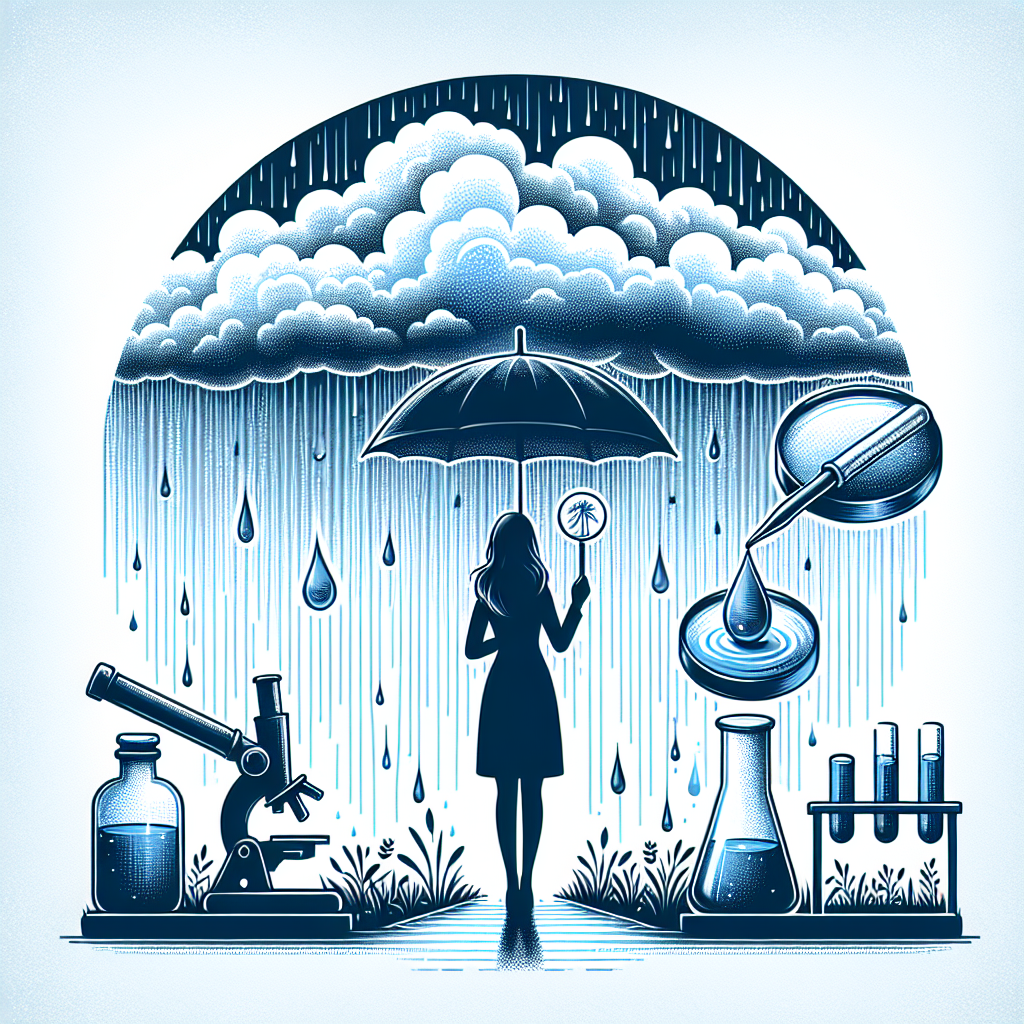The Impact of Heatwaves on Our Environment
Understanding Heatwaves
Heatwaves are prolonged periods of excessively hot weather, which may be accompanied by high humidity. Typically defined as a stretch of days when temperatures surpass the average by a certain degree, heatwaves vary in intensity, duration, and region. Climate change has heightened the frequency and severity of these weather events, making them a growing concern for scientists and environmentalists.
Effects on Ecosystems
1. Plant Life
Heatwaves can severely impact plant physiology and growth. Excessive heat can hinder photosynthesis, reducing crop yields and threatening food security. Drought conditions often accompany heatwaves, leading to increased water stress for plants. Many species may not survive extreme temperatures, leading to shifts in biodiversity. Certain heat-tolerant species may flourish while others decline, disrupting the delicate balance within ecosystems.
2. Animal Behavior
Wildlife is also affected significantly by rising temperatures. Heatwaves force many species to alter their behaviors—migrating to cooler areas or changing their feeding and breeding patterns. Some animals may suffer from heat stress, impacting their survival rates. Birds may lay eggs earlier than usual, while reptiles can experience increased mortality rates due to overheating.
3. Marine Ecosystems
Ocean temperatures rise during heatwaves, resulting in coral bleaching and threatening marine biodiversity. Coral reefs, which provide habitat for countless marine species, are particularly vulnerable. Additionally, higher temperatures can lead to harmful algal blooms, resulting in oxygen depletion in aquatic environments and endangering fish populations.
Socioeconomic Ramifications
1. Human Health
Heatwaves pose direct threats to human health, leading to heat-related illnesses and fatalities. Vulnerable populations, including the elderly and those with pre-existing health conditions, face increased risks. Prolonged heat can exacerbate cardiovascular and respiratory problems, resulting in greater healthcare costs and challenges.
2. Agriculture and Food Supply
Agricultural productivity can take a significant hit during heatwaves. High temperatures can lead to crop failure and diminished yields, exacerbating food insecurity. Farmers may face increased irrigation needs, leading to over-extraction of water resources. This can ultimately result in higher food prices and disrupted supply chains, impacting the global economy.
3. Water Resources
Heatwaves often coincide with increased evaporation rates and depleted water supplies. As temperatures rise, rivers and lakes experience reduced water levels, creating competition among agricultural, industrial, and residential users. This water scarcity can breed conflict and exacerbate existing socioeconomic tensions.
Urban Heat Islands
Urban areas are particularly susceptible to the impacts of heatwaves due to the Urban Heat Island (UHI) effect. Cities are typically hotter than their rural counterparts due to human activity, infrastructure, and limited vegetation. During heatwaves, this phenomenon is exacerbated, leading to higher energy demands as people seek relief with air conditioning, which can strain power grids and lead to blackouts.
Mitigation and Adaptation Strategies
Green Infrastructure
Cities can combat the effects of heatwaves by increasing green spaces, such as parks and green roofs, which help lower surface temperatures. Urban planners are utilizing nature-based solutions to enhance shade and reduce heat absorption, turning concrete jungles into cooler, more liveable spaces.
Improved Water Management
Innovative water management strategies can help mitigate the effects of heatwaves on water resources. Rainwater harvesting, improved irrigation techniques, and efficient water usage policies can promote sustainability and resilience in agricultural practices.
Public Awareness and Education
Effective communication about the dangers posed by heatwaves is essential. Communities should be educated on the health risks associated with extreme heat, the signs of heat-related illness, and the importance of staying hydrated. Public information campaigns can play a pivotal role in preparing populations for the impacts of heatwaves.
Policy and Planning
Governments must take a proactive approach to heatwave preparedness. Implementing climate adaptation plans, investing in infrastructure upgrades, and ensuring that emergency services are equipped to handle heat-related incidents are critical steps in reducing vulnerabilities.
The Role of Technology in Monitoring and Response
Advancements in technology have enabled better tracking and forecasting of heatwaves. Satellite imagery and data analytics allow meteorologists to predict extreme weather with improved accuracy, helping communities prepare in advance. Smart city technologies can also improve resource management and response times during heat events.
Climate Change and the Future of Heatwaves
As climate change continues to intensify, the frequency and severity of heatwaves will likely increase. The relationship between rising greenhouse gas emissions and extreme weather patterns necessitates immediate action to mitigate climate change. Transitioning to renewable energy sources, enhancing energy efficiency, and promoting sustainable practices are essential to curbing heatwave impacts.
Conclusion
Understanding the environmental repercussions of heatwaves is crucial for building resilient communities. From the degradation of ecosystems to the socioeconomic implications, the impact is widespread. Addressing these challenges through strategic planning, technological advancements, and community engagement will be vital for creating a sustainable future. Society must take collective action to reduce the severity of heatwaves and adapt to the inevitable changes brought about by climate change.



















